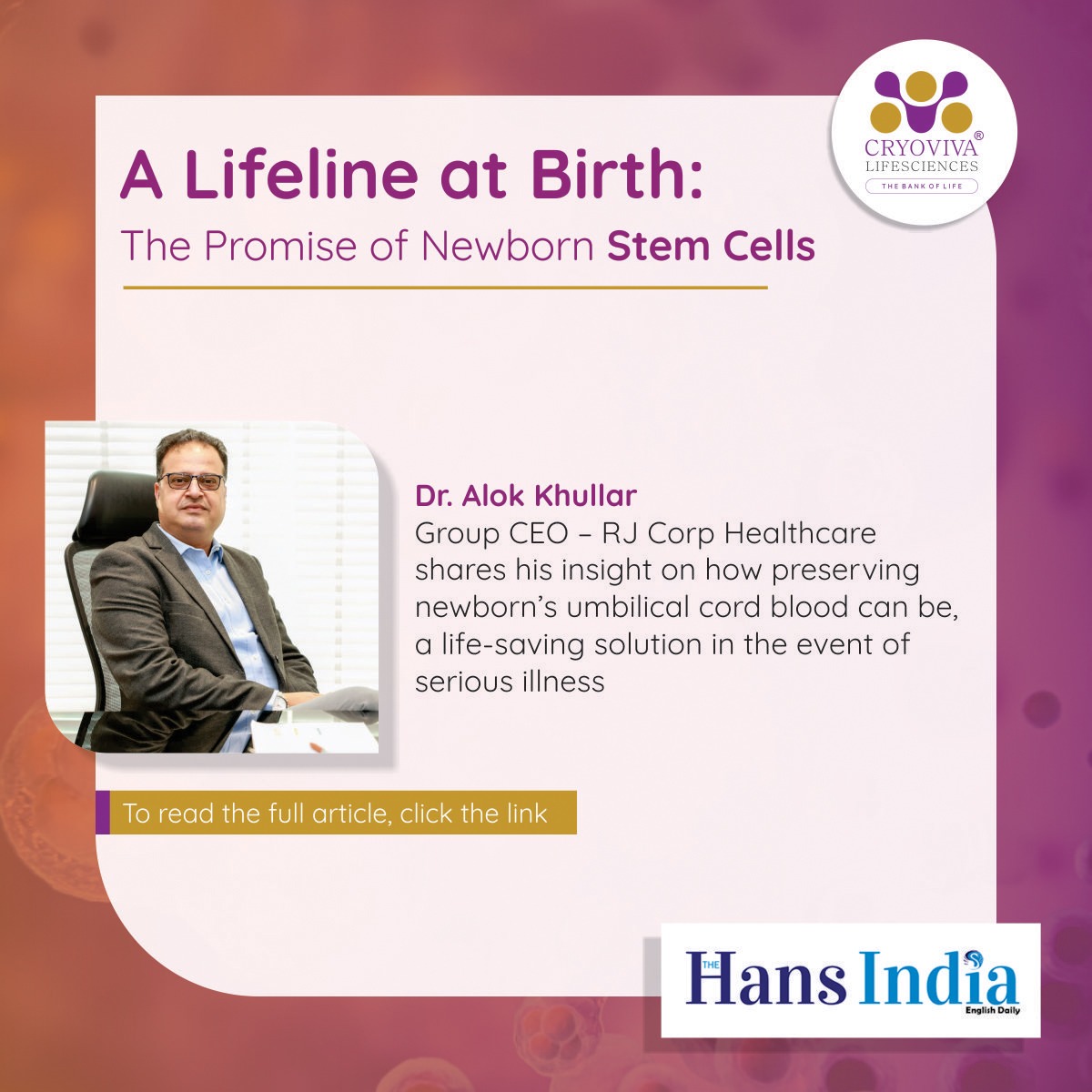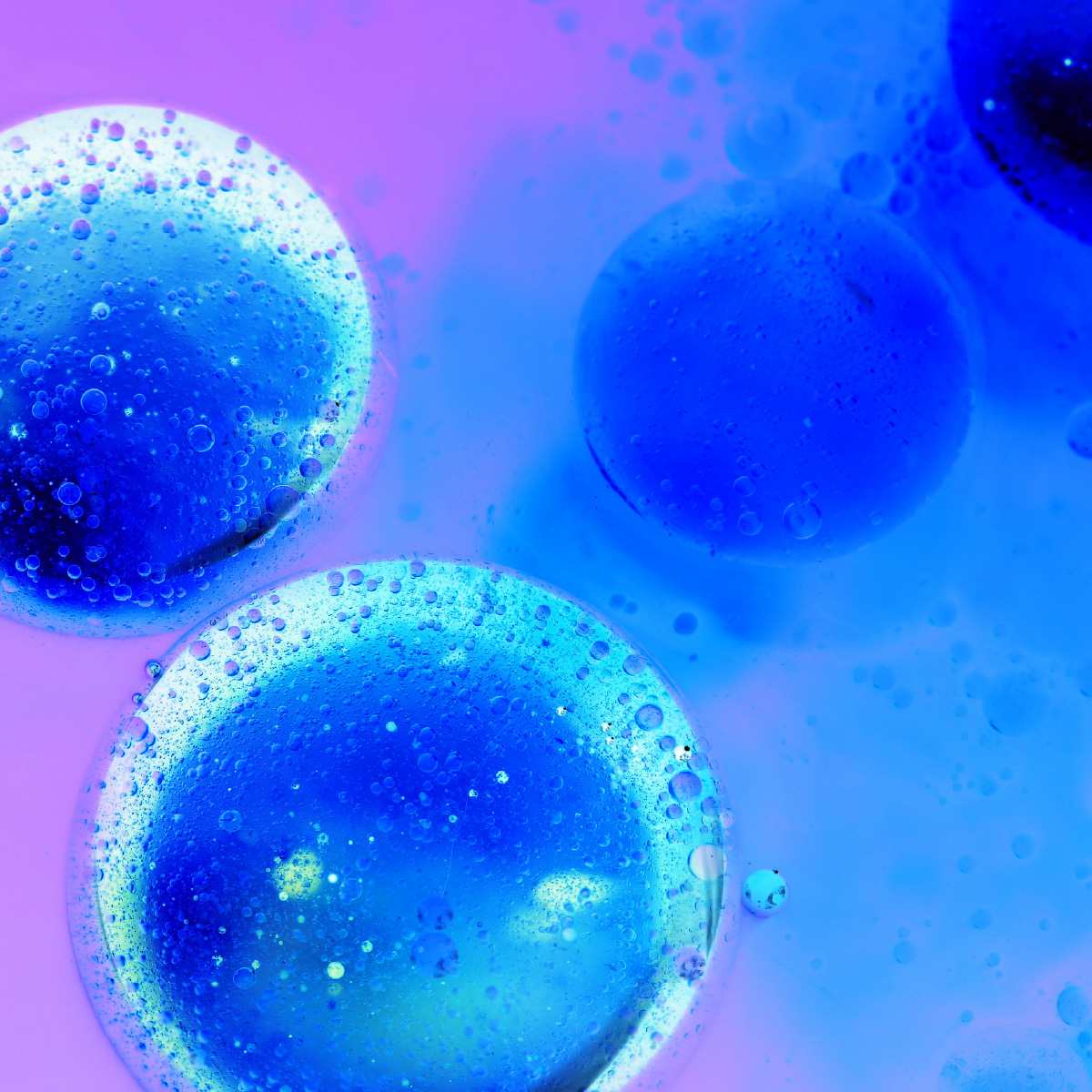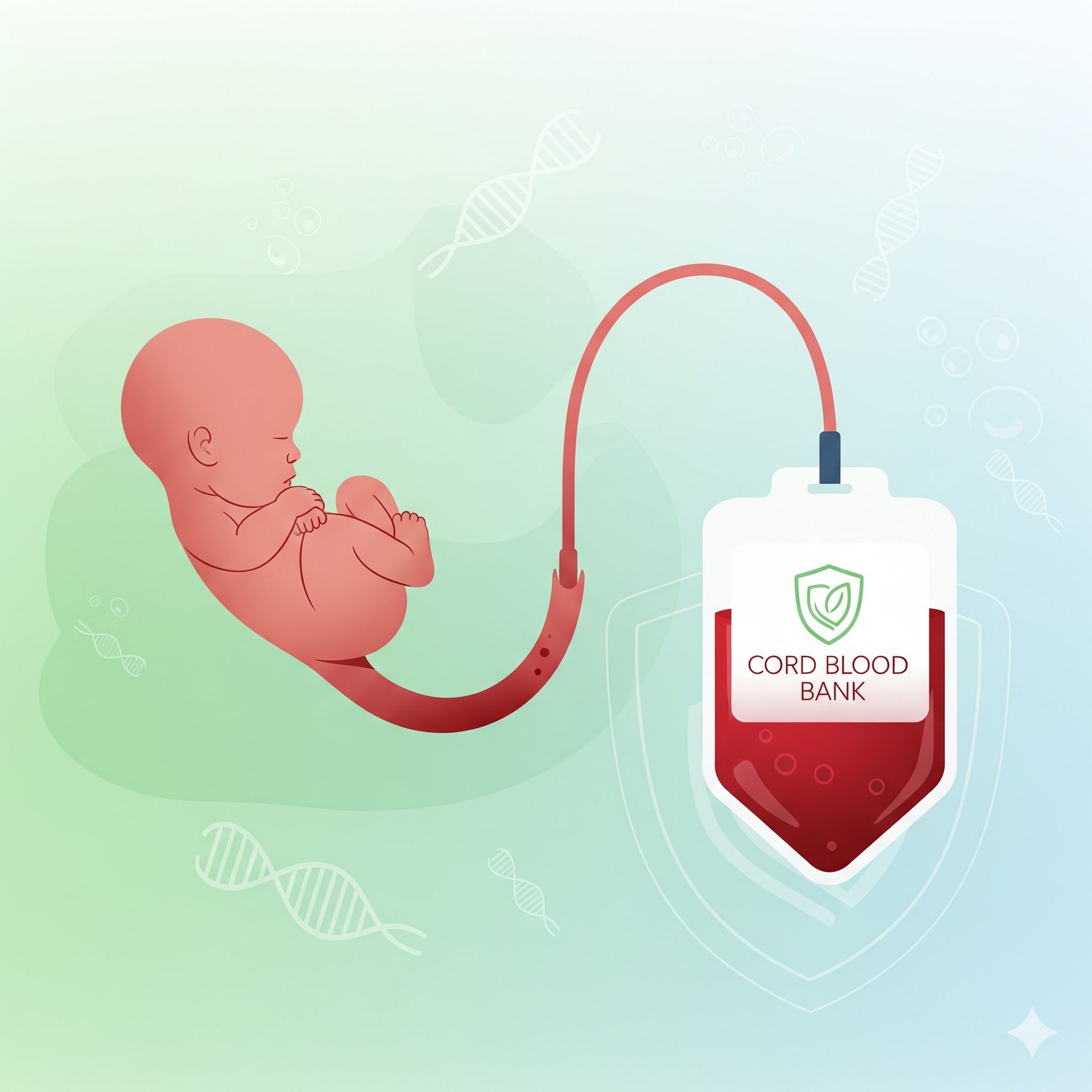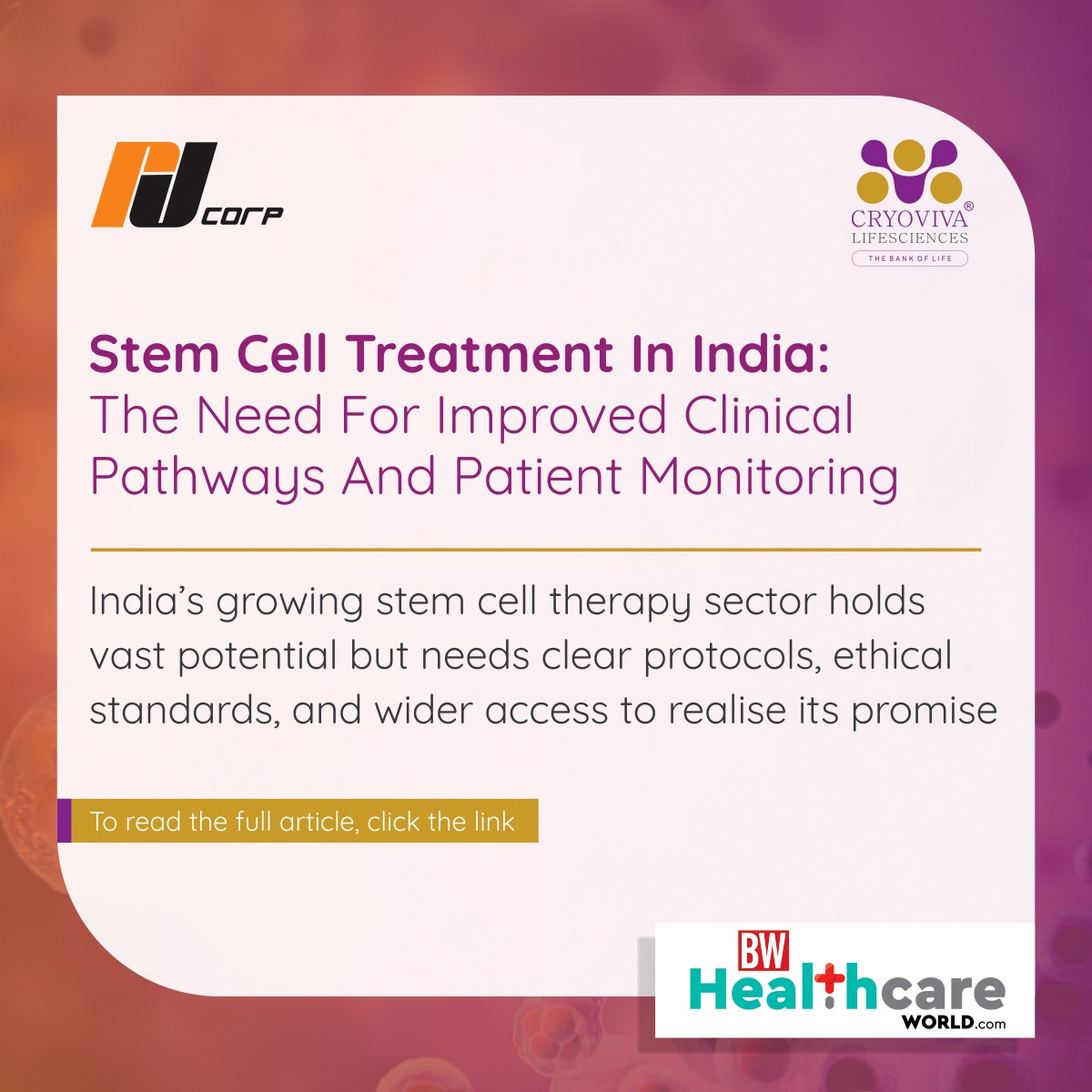A Lifeline at Birth: The Promise of Newborn Stem Cells

The instinct to protect and secure a child’s future—especially when it comes to their health—is one of the deepest and most enduring emotions a parent can feel. This sense of responsibility often intensifies at the time of birth, a moment filled with both hope and vulnerability, particularly in today’s fast-paced and uncertain world. It is within this context that more and more parents are turning to an option once considered unconventional: preserving their newborn’s umbilical cord blood, a valuable resource that could one day offer a life-saving solution in the event of a serious illness.
Umbilical cord blood, collected and stored right after birth, contains lifesaving stem cells that have been used to regenerate healthy blood in more than 30,000 transplants around the world. These stem cells have also been used to treat various conditions, including blood disorders, genetic and immune-related diseases, and several other life-threatening illnesses.
But first, it is perhaps important to understand what cord blood derived stem cells are. In essence, cord blood stem cells are the building blocks of human body. They are naïve or unspecialised which means they have the ability to grow into specialised cells. A stem cell inside an embryo for instance, will eventually give rise to every cell, tissue and organ in the foetus. There are two types of stem cells – Hematopoietic, found in cord blood and bone marrow and Mesenchymal, which can be isolated from umbilical cord tissue and other sources and are also called ‘organ forming’ cells.
Cord blood collected at birth is valuable because it contains special stem cells, known as hematopoietic stem cells, which have the ability to regenerate and treat a range of blood and immune system disorders – those that require stem cell transplant such as –haematological disorders like leukaemia and lymphoma, aplastic anaemia, and inherited disorders like thalassemia.
Parents today can choose to store their baby’s cord blood in a private bank, where it’s kept for the family’s own use. There’s also the option of social banking, where the cord blood becomes part of a social repository. If needed, it can be matched and used by any member who has opted into the system, making it a resource for the wider community as well.
So, why choose cord blood over bone marrow as a source of stem cells.
What sets cord blood apart is the distinct advantages it offers compared to bone marrow which is collected invasively. Cord blood is biologically younger and “naiver” in nature, meaning it poses a lower chance of attack to the recipient’s body. This leads to a lower incidence of Graft Versus Host Disease (GVHD) and fewer complications overall, as it’s less likely to trigger an immune response. It also has a higher capacity to regenerate compared to bone marrow stem cells and carries a lower risk of being exposed to viruses, as compared to stem cells from adult tissue.
Another major benefit is availability. When cord blood is stored, stem cells are readily accessible if and when a transplant is needed, something that’s not always guaranteed with bone marrow. In fact, cord blood is believed to contain up to 10 times more stem cells than what is typically found in bone marrow. The collection and storage process for umbilical cord blood is also far simpler, it’s quick, painless, and completely non-invasive, posing no risk to either the mother or the baby.
There has been a significant interest in the medical world on exploring cord blood as an intervention in nonhematopoietic indications as well. Researchers have been, since early to mid-2000s, studying how cord blood can be beneficial to patients with neurological conditions such as autism spectrum disorder, cerebral palsy etc. A study[1] which used cord blood infusions in children with cerebral palsy suggested that a year after treatment, children saw improvement in motor function, enough to advance the study to a later phase. These studies draw further attention to the potential therapeutic value of cord blood. With the celerity of technology evolution, at never-seen-before pace, possibilities of cord blood being able to address spinal cord injuries or reverse the effects of diseases such as MS (Multiple Sclerosis) or Parkinson’s, and its potential in regenerative medicine, is promising.
Banking a child’s stem cells will then be a means to access these technologies in the future. Now the current research is happening for the development of newer targeted cell therapies like Chimeric Antigen Receptor- Natural killer cells (CAR-NK) using cord blood as a source of stem cells.
Even when there is an increased awareness on cord blood banking with global market expected to grow to USD 4.5 billion until 2030[2], there is an unquestionable need to further spread knowledge on stem cell banking. Doctors can play a critical role in not just delivering information to families but also directing them to an array of reliable resources and materials to gather more information on this theme. There is also a need for appropriate ethical as well as operational standards that should be developed as a structural framework to adhere to, for private and public stem cell banks.
Easily accessible, reliable, and verified online sources of information can be made available to spread awareness.
For most parents, doing everything possible to protect their child’s future comes naturally. That includes thinking ahead and considering steps that could one day make a real difference to their child’s health. Stem cell transplants have already helped treat serious illnesses, even some that don’t have a cure yet. As research keeps moving forward, the use of cord blood in medicine is only expected to grow. That’s why more families are seeing it as a simple yet powerful resource worth preserving right at birth.
As science continues to advance at a rapid pace, the possibilities of what cord blood stem cells can offer are expanding far beyond what was once imagined. From treating life- threatening diseases to supporting breakthroughs in regenerative medicine, the potential of this resource is immense. For parents, preserving cord blood is not just about storing cells—it’s about embracing the hope that medicine will keep progressing, and ensuring their child has access to every possible advantage in the future. In a world where uncertainties are plenty, this small step at birth could hold the key to life-changing outcomes. The choice to bank cord blood is ultimately a choice to invest in the future—with foresight, compassion, and an unwavering commitment to a child’s lifelong health.
Source - https://www.thehansindia.com/life-style/health/a-lifeline-at-birth-the-promise-of-newborn-stem-cells-987503










 Enquiry
Enquiry
 Email
Email Phone
Phone
 Whatsapp
Whatsapp